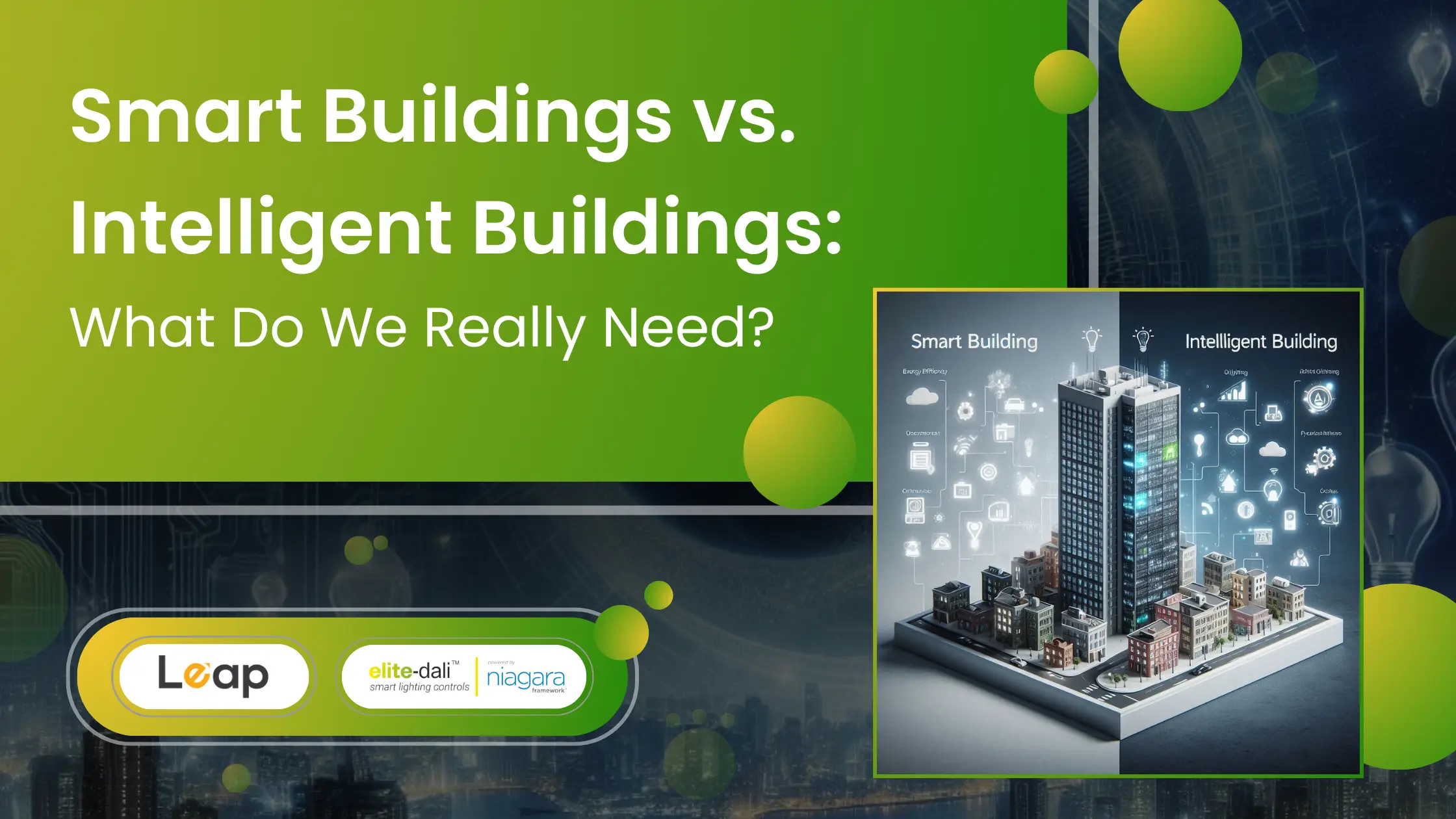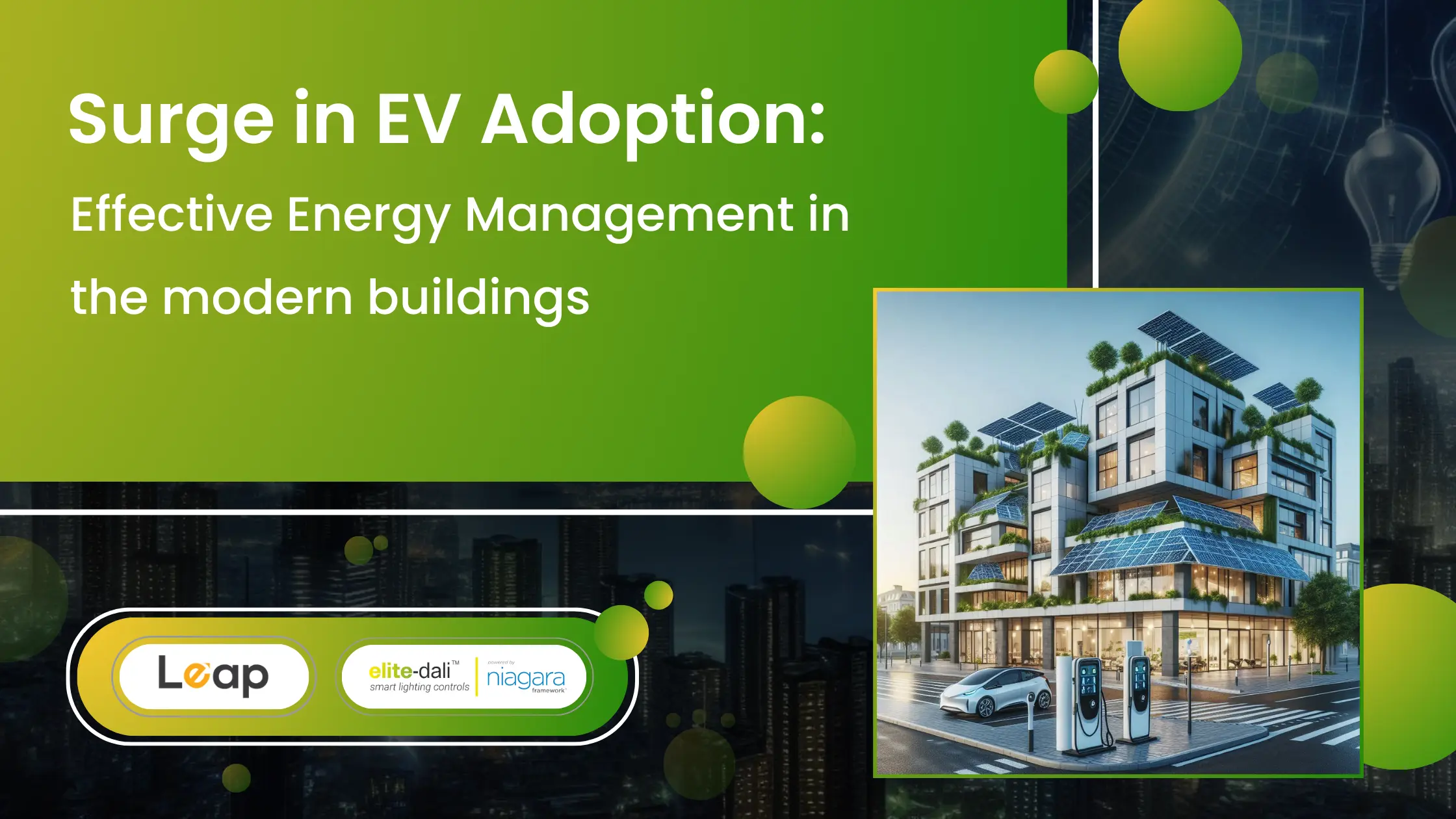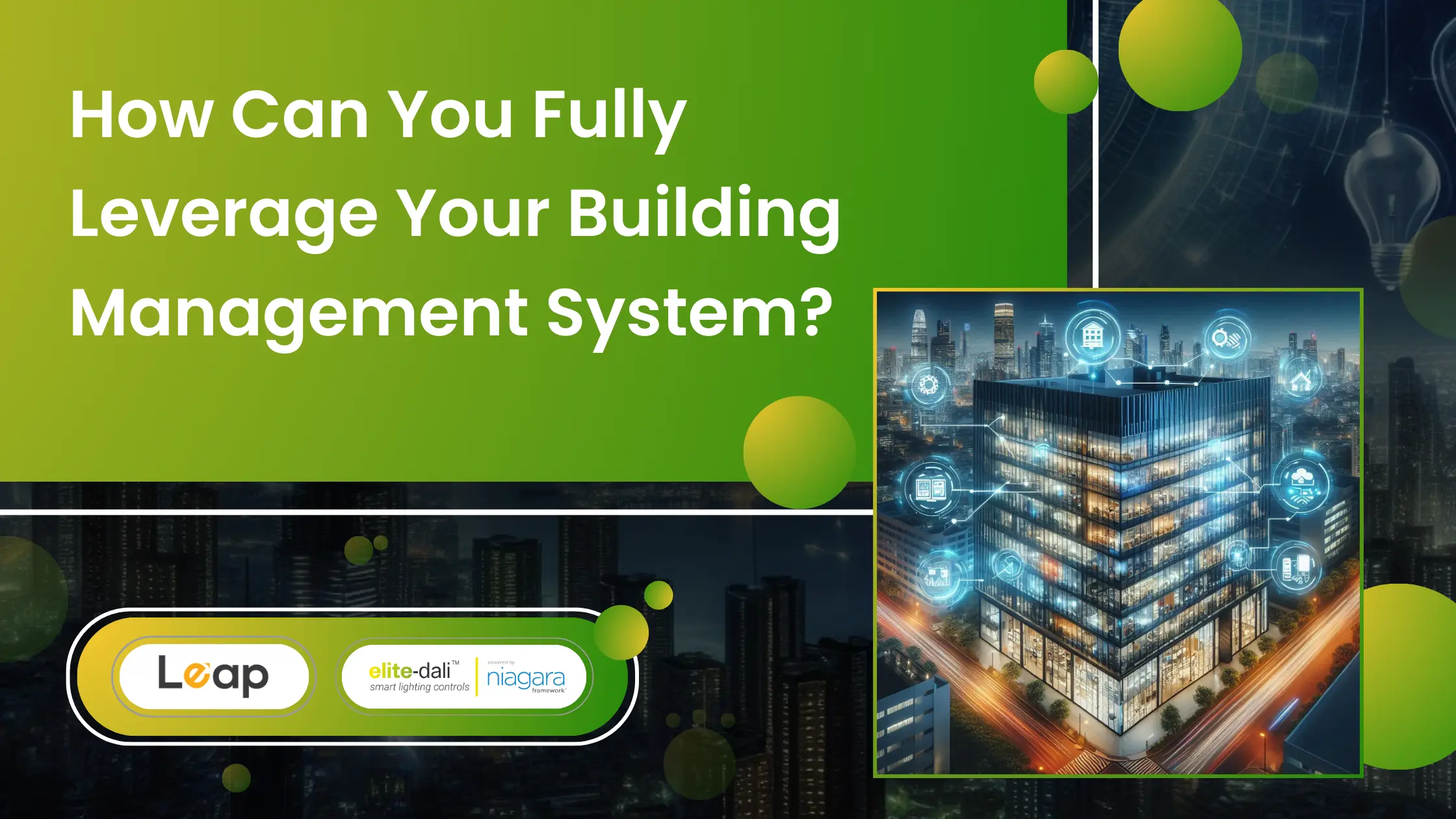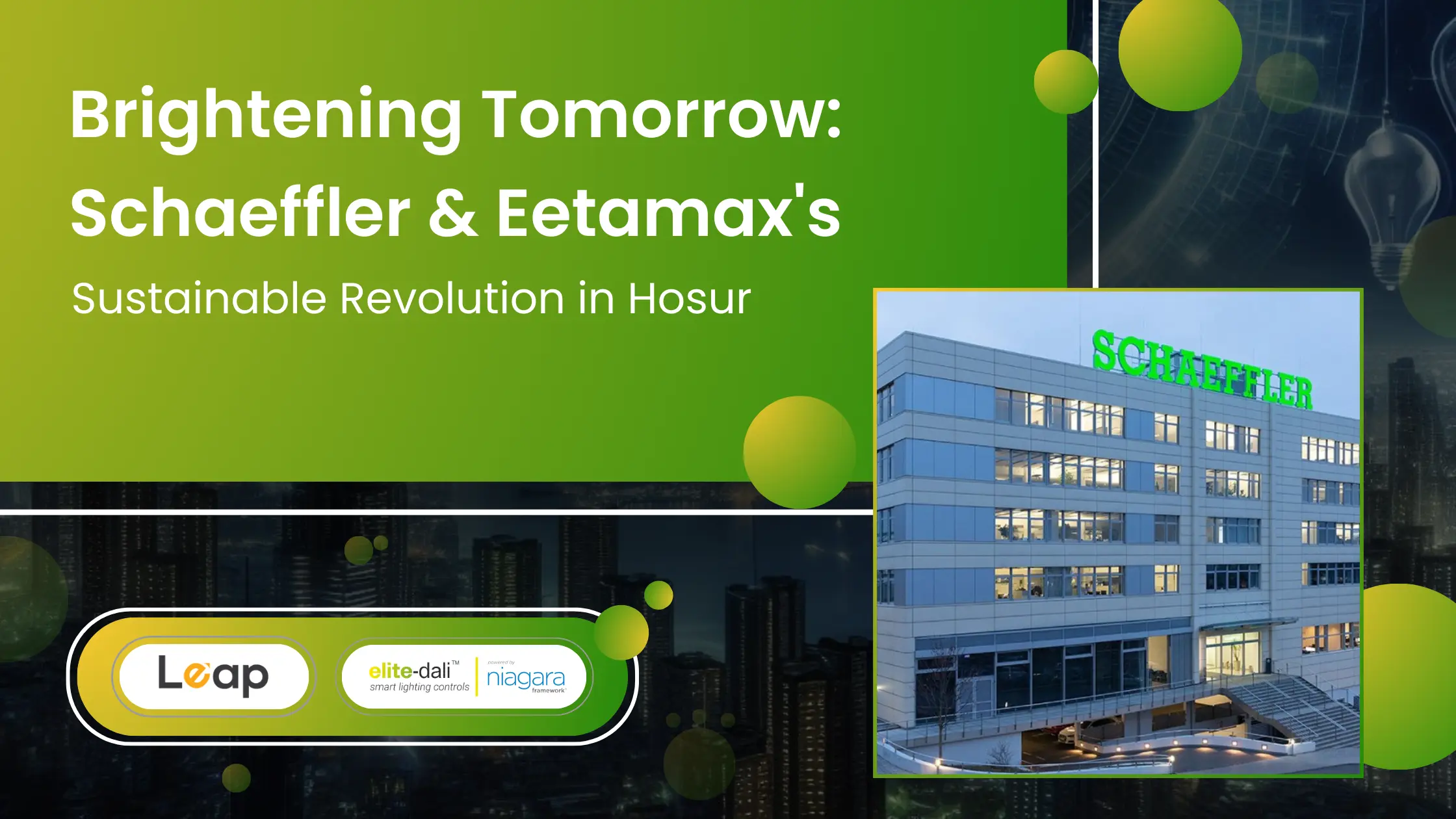How Can Building Lighting Control Systems Help in Energy Conservation?
For most building owners and facility engineers, managing a building’s lighting controls is an environmental challenge. They see an increasing potential for improvement in the way a building’s different lighting fixtures work. To put simply, the light controls in a building still have the potential to reduce energy consumption and optimize the usage of lights.
However, the building managers and occupants have soon realized the significance of controlled building lighting control systems in reducing the environmental impact of increased electricity usage, and in turn, energy consumption.
Be it unnecessary usage of lights during the day or unavailability of the right amount of light at the right time and in the right place; a controlled lighting system ensures optimal use of lights throughout the building.
Let us see how a controlled building lighting control system achieves energy conservation standards.
1. Provides the right amount of light
Building lighting control systems can provide the required amount of light in a space if they are pre-programmed or controlled to do so. Such systems can adjust the intensity of lights to generate only the required amount of brightness in a particular area; no more no less.
Moreover, controlled systems can also set the required amount of ambience for certain tasks. This way, the energy consumed by the lights is calculated while catering to specific needs of the building occupants.
2. Avoids unnecessary usage of electricity
It’s human tendency to leave the lights on while leaving a room or bathroom. We even forget to turn OFF lights and fans when we head out of our house. A controlled lighting system can eliminate such events by time scheduling the process of turning lights ON/OFF and employing occupancy sensors.
Occupancy sensors automatically adjust the brightness of light when the space is empty or someone enters it. Time scheduling ensures that lights are turned ON/OFF during fixed hours like office timings or working hours in industries or factories.
3. Controls lights dynamically
A controlled lighting system has the ability to manage a network of switches or circuits from a single circuit. With such a functionality, it eliminates the need to activate or deactivate certain lights manually with switches fixed on a certain location. The occupants can control the networked switches from anywhere, thereby saving you multiple wiring strategies for different switchboards.
In addition, such a technique comes handy when you are heading out and need all the lights to turn OFF at once or in the case of emergencies when internal/external lights are to be turned ON immediately.
4. Communicates with other systems
Building lighting control systems that can integrate and communicate with other systems like HVAC, refrigeration, security, audio/visual, and other components are the real game changers when it comes to energy conservation. These components interact with each other and exchange outputs to provide flexibility in managing a building.
When lighting control systems integrate with HVAC and other building controls, it becomes a single automation system that consumes less energy, less time, and even lesser costs of installation and operation.
Such a way of operation triggers a series of events that contribute to energy conservation measures in a building. Take a look.
- Using lights only when they are needed and reducing wastage of electricity, especially during the day.
- Using wireless controls to eliminate line-voltage wirings and the associated costs.
- The number of hours a light is being used in the building automatically reduces.
- Reducing the use of air conditioners and HVAC size by eliminating internal heat gains due to excessive use of lighting.
- Flexible control over lights so occupants can reduce the levels and hence contribute to energy saving.
- Single point of control for the entire building’s lighting results in simple wiring strategies and reduced load on just one system.
- Using daylight harvesting to adjust the artificial lights, thereby avoiding the unwanted use of electricity.
- Interaction between the different components of a building management system and lighting controls has enhanced the overall productivity of a BMS. Such an improvement leads to advanced functionality and more energy savings.
- Digitally controllable lighting systems can monitor a building’s entire lighting controls from one place. From a single room to the entire floor and the building’s campus; the managers can choose to either control the lighting individually or in a group. It further optimizes the maintenance capabilities for a BMS.
The Takeaway
Whether commercial or residential, it is the responsibility of efficient building lighting control systems to look after the occupants’ preferences while complying with energy conservation measures and building codes.
It is all the more necessary to install a lighting control system that can integrate with building management systems to enable a single point of control for building managers. elitedali ensures such an integration is possible without fail by providing system integrators and other manufacturers with DALI-powered lighting controls and convergent IoT automation.








